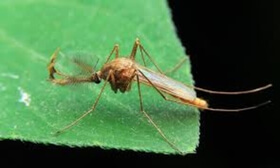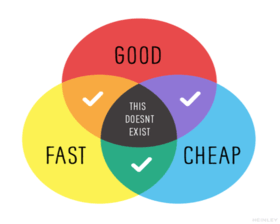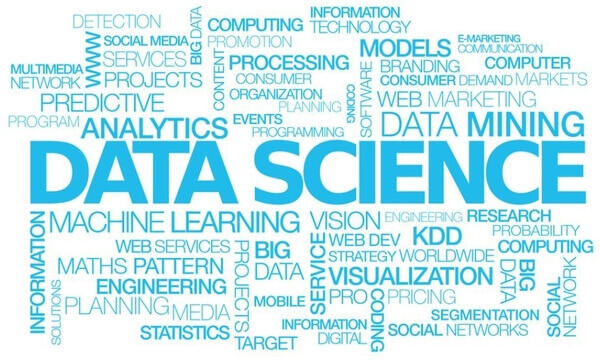The Data Sleuth
-
 Predicting West Nile Virus in Chicago Using Advanced Modeling Techniques
Predicting West Nile Virus in Chicago Using Advanced Modeling Techniques
By Jess Chace
15 Jun 2018 • 9 min readIn June 2015, the City of Chicago released data to Kaggle and asked competitors to predict which areas of the city would be more prone to West Nile Virus outbreaks.
-
 The Writing's on the Wall, Part 1 (Introduction to Neural Networks Using Keras)
The Writing's on the Wall, Part 1 (Introduction to Neural Networks Using Keras)
By Jess Chace
07 Jun 2018 • 8 min readVisions of the future are never completely true, but with the right key, some can be more truthful than others. Here’s an introduction to the neural network library, Keras, which I used to predict handwritten numbers.
-
 Salary Predictions Using Only 3 Features and XGBoost
Salary Predictions Using Only 3 Features and XGBoost
By Jess Chace
05 Jun 2018 • 5 min readSometimes you can’t get everything you want. Here’s an afternoon hackathon project that challenged me to make the most of what I had.
-
 How to Be Popular on Reddit
How to Be Popular on Reddit
By Jess Chace
05 Jun 2018 • 11 min readWith an endless supply of things to read on the internet, it seems impossible to write a post that anyone else but your mom will read. But with a few (hundred) lines of code, even a platform as wild as Reddit can be neatly distilled into a handful of targeted insights.
-
 How to Predict Housing Prices with Linear Regression
How to Predict Housing Prices with Linear Regression
By Jess Chace
23 May 2018 • 10 min readWhen buying a new home, everyone wants the most bang for the buck. To that end, I analyzed homes in Ames, Iowa to identify what features of a house contribute the most to its sale price.
-
 Would I Have Survived the Titanic?
Would I Have Survived the Titanic?
By Jess Chace
21 May 2018 • 6 min readWhile the infamous shipwreck happened over 100 years ago, its cultural significance is sunk deep into our collective memory as one of the most tragic manifestations of hubris, classism, and dumb luck. To that end, I analyzed the data provided on Kaggle’s website to determine more specifically how features such as age, gender, class, and wealth predetermined a passenger’s fate on April 15, 1911 aboard the RMS Titanic.
-
 Why I Decided to Learn Data Science
Why I Decided to Learn Data Science
By Jess Chace
23 Apr 2018 • 3 min readOn April 23, 2018, I enrolled in General Assembly’s Data Science course, a full-time immersion program designed to teach programming languages, data analysis techniques, and machine learning skills in 12 weeks.
Buzz Words
General Assembly | Bootcamp | Logistic Regression | Random Forest | XGBoost | Python | Linear Regression | Web Scraping | Natural Language Processing | Beautiful Soup | Hackathon | Neural Network | Keras | Balanced Classes | Kaggle | Coding Bootcamp | SQL | Job Search | Plotly-Dash |
Archives
- September
- September
- August
- July
- June
- May
- April
